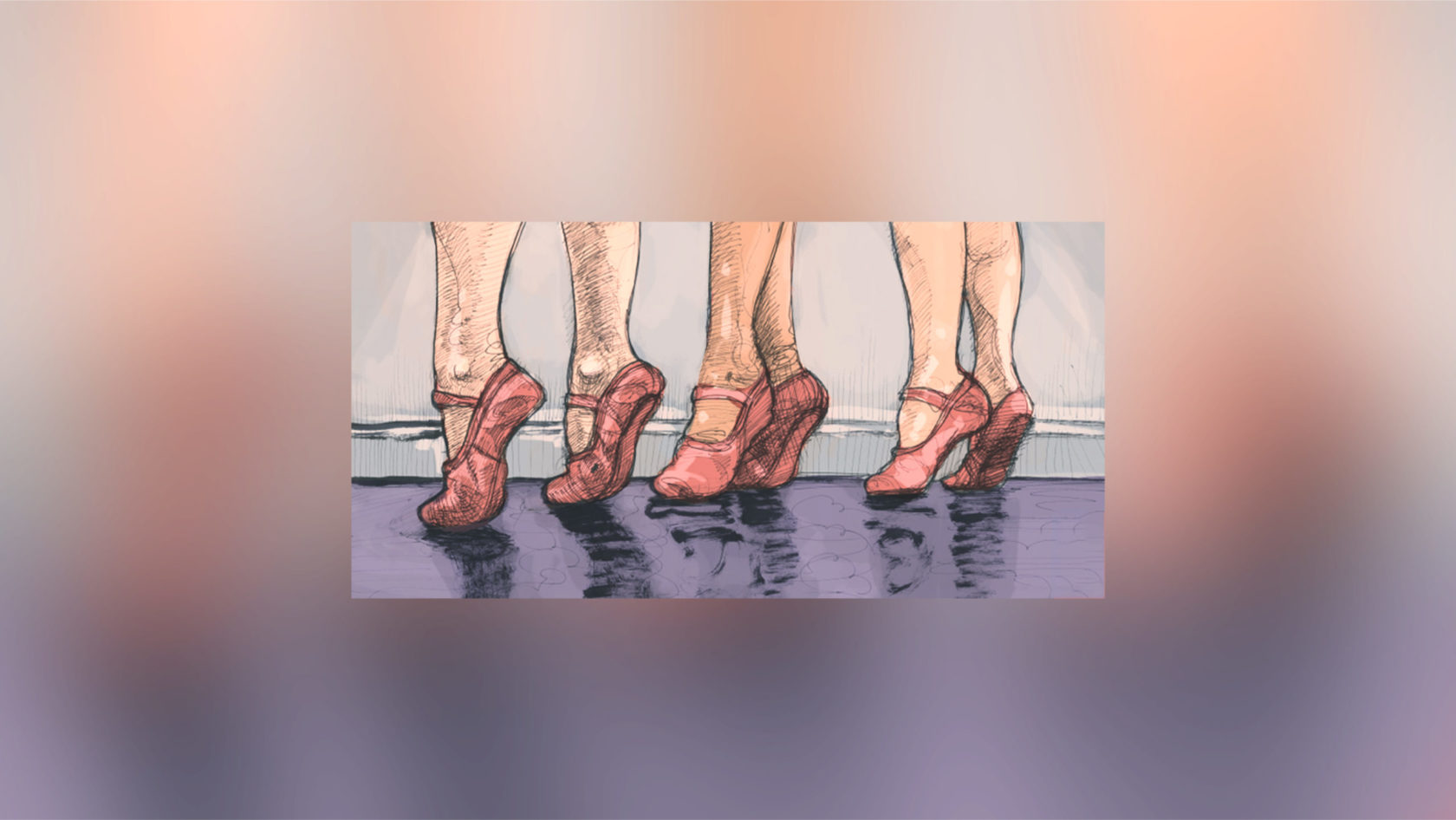I have an eight year-old student who loves to do tricks. She’s been dancing for two years, but this is my first year as her teacher. By the second class of the semester, she had already shown me—twice—how she can “stand on her toes.” She proceeded to curl her toes underneath herself and put her weight on the ends of her feet. I quickly told her to come down and never do that again.
So, what’s the big deal? Kids pretend like they’re walking around in pointe shoes all the time!
In Ruth Brinkerhoff’s book Ballet Arts for Young Children: Level 3, which is designed for students aged five to eight, she explains very well why their little feet should never attempt something like that:
Many young children are strong enough to rise to the ends of the toes. Do not let them do this in class. Discourage them from doing it at all. Explain to them that their toe bones are still soft . . . They are cartilage, not bone. This is what their toes are made of while they are still growing. If they stand on these soft toes, it will bend them out of shape [and] they won’t be able to wear those pretty pointe shoes they want.*
I used almost those exact words when I corrected my student. A few weeks later, I had a new student come into the class who tried to pull the same stunt. Before I could open my mouth, she was corrected by one of the other students: “Don’t do that! If you stand on your toes like that, you’ll mess them up and you won’t be able to wear pointe shoes!”
I guess my students have been listening!
In another class, I had the students reach up and touch their earlobes. “Do you feel how soft they are?” I asked them. “Well, that’s what your toes are like right now. We have to be careful not to put too much pressure on your toes while they’re still growing!”
Now, obviously, their toes are not quite that soft, but presenting the idea that their toes are soft and not strong enough yet will cause your young ones to want to take care of them.
So, what do I teach them to do instead? Every little ballerina wants to feel like she’s walking on her toes like a fairy walking on puffy clouds, after all. It may help little girls wait for pointe shoes if they can be sure they’re moving in that direction, by:
1. Dancing on demi pointe.
2. Learning good demi pliés and sautés.
3. Learning to use their feet correctly.
4. Building their strength by doing hops, jumps, skips, and gallops.*
It really does help to remind them that the skills they are learning today will help them dance like beautiful ballerinas someday. These skills will also help them be physically able to dance en pointe, which is every little ballerina’s dream.
Related Articles:
- Teaching the Accelerated Child
- Understanding Your Student’s Growth Process
- Recognizing the Student NOT Ready for Pointe
- Their First Pair of Pointe Shoes


Comments
Dianne Buxton says
This is so true! How many times does a ballet teacher say these words?
Add Comment